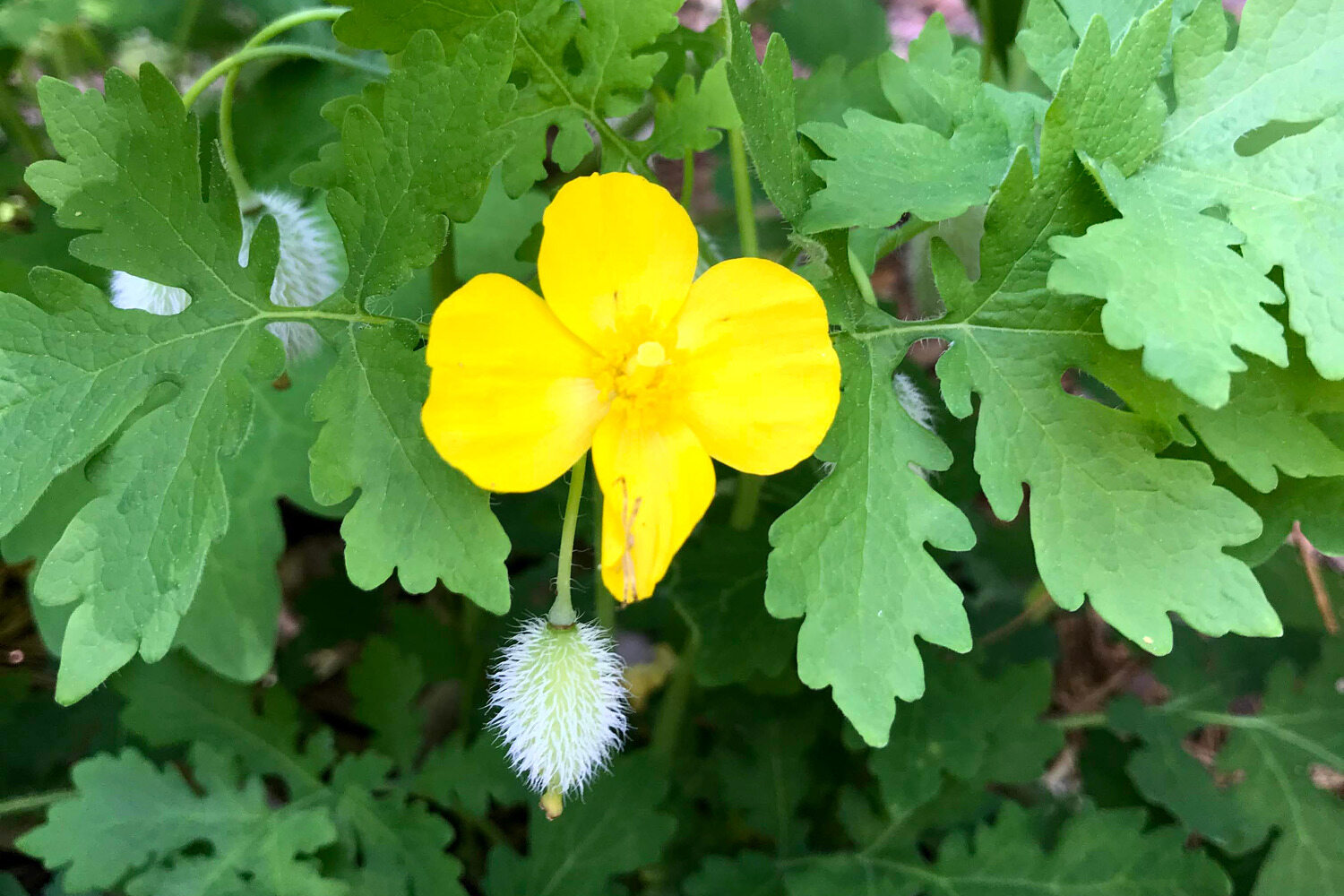
When it comes to fascinating plants, the celandine poppy (Stylophorum diphyllum) is truly extraordinary. This beautiful plant, native to the eastern parts of North America, is a striking addition to any garden or natural landscape. With its vibrant yellow flowers and unique foliage, the celandine poppy captures the attention of both casual observers and avid plant enthusiasts.
But there is more to this plant than meets the eye. In this article, we will uncover 14 extraordinary facts about the celandine poppy that will leave you amazed. From its medicinal properties to its role in supporting pollinators, the celandine poppy is a versatile and valuable addition to any ecosystem. So, let’s dive in and explore the intriguing world of the celandine poppy!
Key Takeaways:
- Celandine poppy, with its vibrant yellow blooms and unique leaf shape, thrives in shady areas, attracts wildlife, and has a rich history of medicinal use by Native American tribes.
- This remarkable plant is easy to grow, deer-resistant, and has edible leaves. It symbolizes rebirth and renewal in Native American folklore and plays a vital role in supporting local ecosystems.
Vibrant Yellow Blooms
The celandine poppy showcases vibrant yellow flowers that brighten up any landscape. These striking blooms serve as beacons of beauty, attracting pollinators such as bees and butterflies.
Thrives in Shade
This remarkable plant prefers shady areas and thrives in woodland environments. It’s the perfect choice for those looking to add color and charm to their shaded gardens.
Unique Leaf Shape
Celandine poppy leaves have a distinct lobed shape, resembling a heart or kidney. They add an interesting textural element to the plant and make it easily distinguishable.
Drought-Tolerant
Despite its preference for moist soil, the celandine poppy has developed resilience against drought conditions. This makes it a versatile plant that can adapt to various environmental conditions.
Medicinal Uses
The celandine poppy has a long history of medicinal use by Native American tribes. It was traditionally used to treat ailments such as toothaches, skin conditions, and gastrointestinal issues.
Symbolic Meaning
In Native American folklore, the celandine poppy symbolizes rebirth and renewal. It is believed to bring positive energy and ward off negative spirits.
Attracts Wildlife
Aside from pollinators, the celandine poppy also attracts birds and small mammals with its nectar-rich flowers and edible seeds. It plays a vital role in supporting local ecosystems.
Easy to Grow
Celandine poppies are relatively low-maintenance plants and are easy to grow from seeds or transplants. They can be a great addition to beginner gardeners‘ collections.
Long Blooming Period
The celandine poppy delights with its extended blooming period, which typically spans from early spring to mid-summer. This ensures continuous bursts of color in your garden.
Endangered Species
While the celandine poppy is not classified as an endangered species, it is important to protect its natural habitats and promote conservation efforts to preserve its beauty for future generations.
Deer-Resistant
One of the advantages of growing celandine poppies is that they are relatively deer-resistant. This makes them an excellent choice for gardens prone to deer browsing.
Naturalizing Ability
The celandine poppy has a naturalizing ability, meaning it can spread and fill in bare areas in the garden over time. This makes it an ideal choice for creating naturalistic landscapes.
Edible Leaves
The young leaves of the celandine poppy are edible and can be used in salads or cooked as greens. However, it is essential to know the proper identification and preparation methods before consuming any wild plant.
Nectar-Packed Flowers
The celandine poppy’s flowers are not only beautiful but also provide a generous supply of nectar. This makes them a valuable resource for honeybees and other pollinators, contributing to the overall health of the ecosystem.
The celandine poppy truly is a remarkable plant, with its vibrant blooms, adaptable nature, and rich cultural history. Whether you choose to grow it in your garden or simply admire it in its natural habitat, this wildflower will undoubtedly leave a lasting impression.
Conclusion
In conclusion, the Celandine Poppy is a fascinating plant with numerous extraordinary qualities. Its vibrant yellow flowers, ability to thrive in various conditions, and medicinal uses make it a unique and valuable addition to any garden. The fact that it grows well in both sun and shade, tolerates drought and deer, and attracts pollinators adds to its versatility. Its historical significance as a Native American remedy and its potential as an herbal medicine are worth exploring further. Whether you are a gardener, nature enthusiast, or herbalist, the Celandine Poppy is definitely a plant worth getting to know.
FAQs
Q: How do I grow Celandine Poppy in my garden?
A: Celandine Poppy prefers partial shade to full shade and moist, well-drained soil. It can be propagated from seeds or root divisions. Plant them in your garden and ensure they receive adequate water during establishment.
Q: Are Celandine Poppy flowers edible?
A: While all parts of the Celandine Poppy plant contain alkaloids and may have medicinal properties, it is advised not to consume the flowers or any other parts without proper guidance from experts or herbalists.
Q: How tall does Celandine Poppy grow?
A: Celandine Poppy typically grows between 1 to 2 feet in height, making it a perfect addition to the front of garden borders or woodland settings.
Q: Does Celandine Poppy attract pollinators?
A: Yes! Celandine Poppy’s bright yellow flowers are known to attract a variety of pollinators such as bees, butterflies, and hummingbirds, making it a beneficial addition to a pollinator-friendly garden.
Q: Can Celandine Poppy be grown in containers?
A: While it is generally best suited for garden beds, if you have a large enough container with enough depth and drainage, you can grow Celandine Poppy in containers. Ensure you provide it with the right amount of shade and moisture.
Celandine Poppies are truly remarkable, but nature's wonders don't stop there. Dive into the captivating world of wildflowers, each with its own unique story to tell. Discover the fascinating native plants, like the Compass Plant, that have adapted to thrive in their natural habitats. Uncover the secrets behind these extraordinary plants and learn how they contribute to the delicate balance of our ecosystems. Embark on a journey through the plant kingdom and prepare to be amazed by the incredible diversity and resilience of nature's unsung heroes.
Was this page helpful?
Our commitment to delivering trustworthy and engaging content is at the heart of what we do. Each fact on our site is contributed by real users like you, bringing a wealth of diverse insights and information. To ensure the highest standards of accuracy and reliability, our dedicated editors meticulously review each submission. This process guarantees that the facts we share are not only fascinating but also credible. Trust in our commitment to quality and authenticity as you explore and learn with us.


